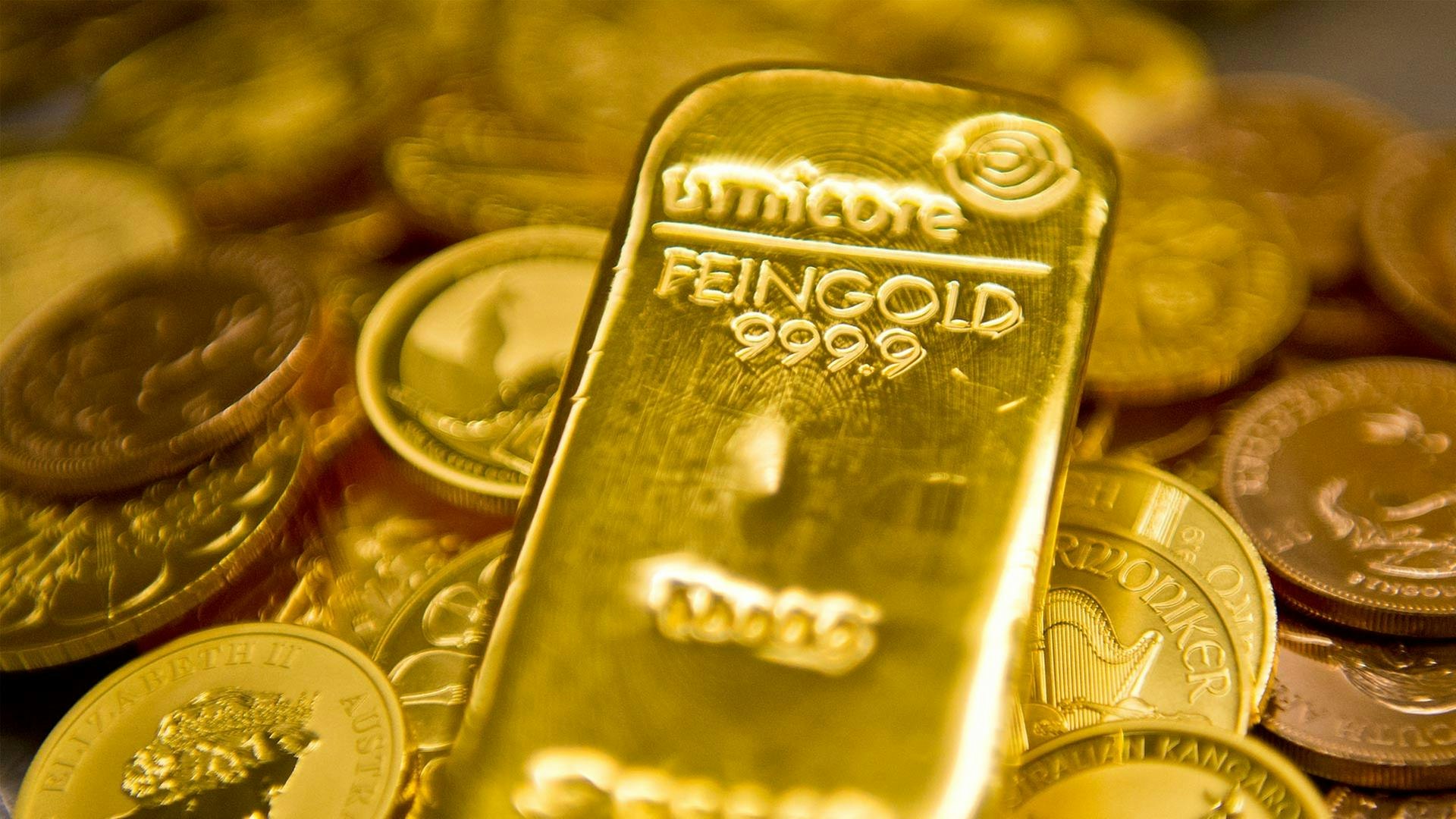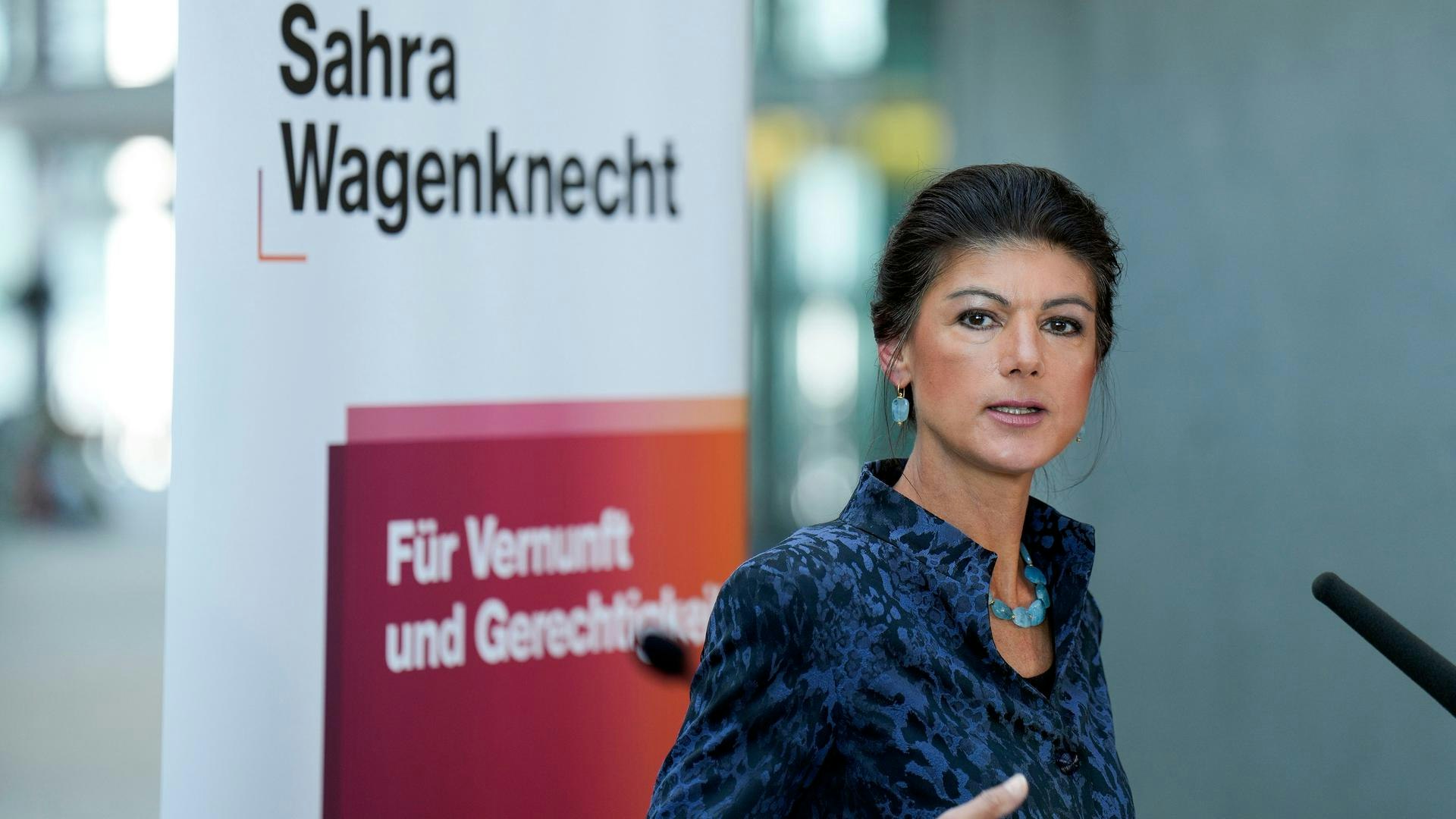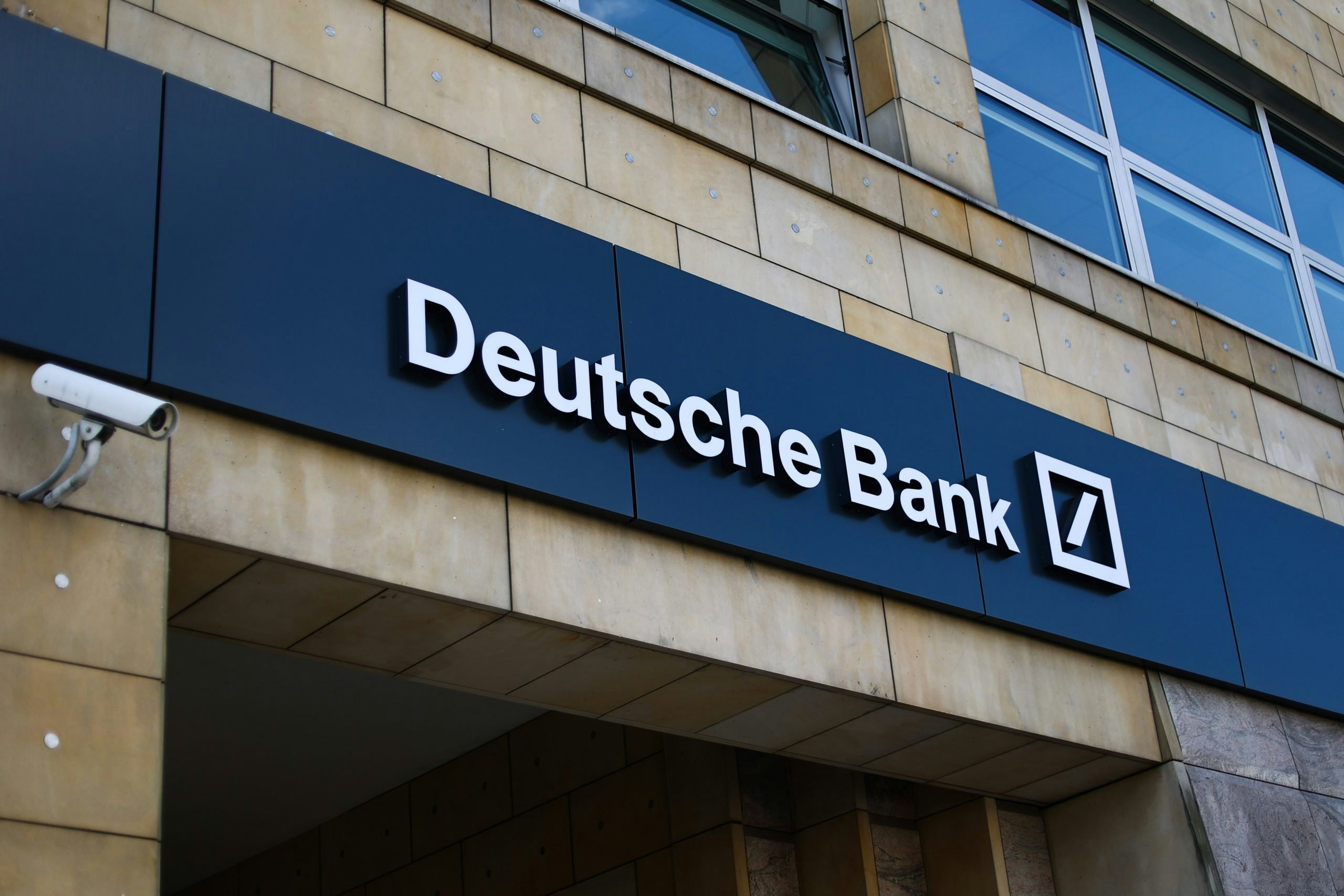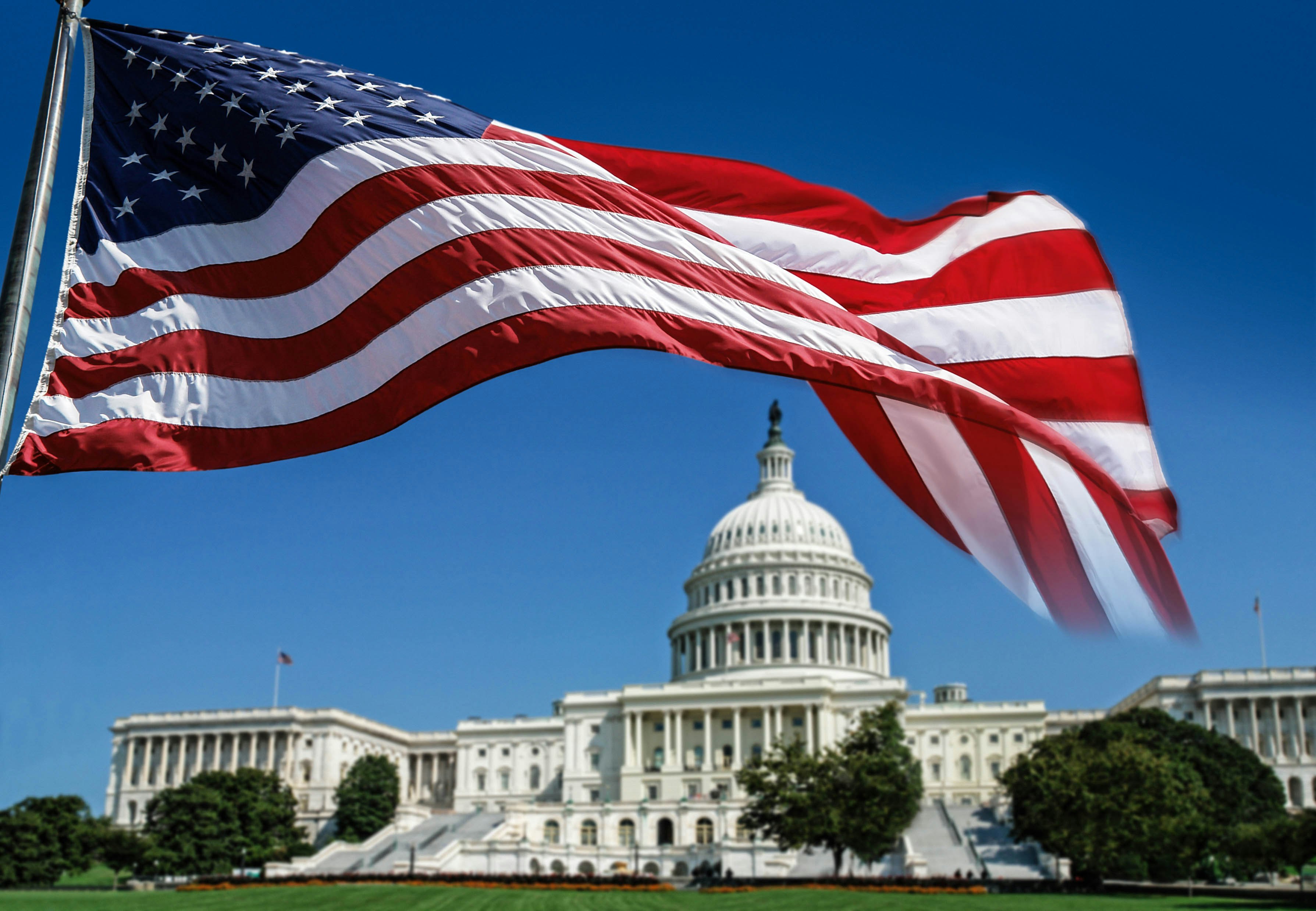Markets
Gold on Record Chase – Experts Even Consider 5000 Dollars Possible
The soaring of gold prices currently knows no bounds. Since the beginning of the year, the precious metal has increased by over 50 percent, climbing above $3,900 per ounce for the first time. Many analysts see this as just the beginning of a historic rally—driven by distrust toward the dollar, growing debt burden, and geopolitical uncertainty.
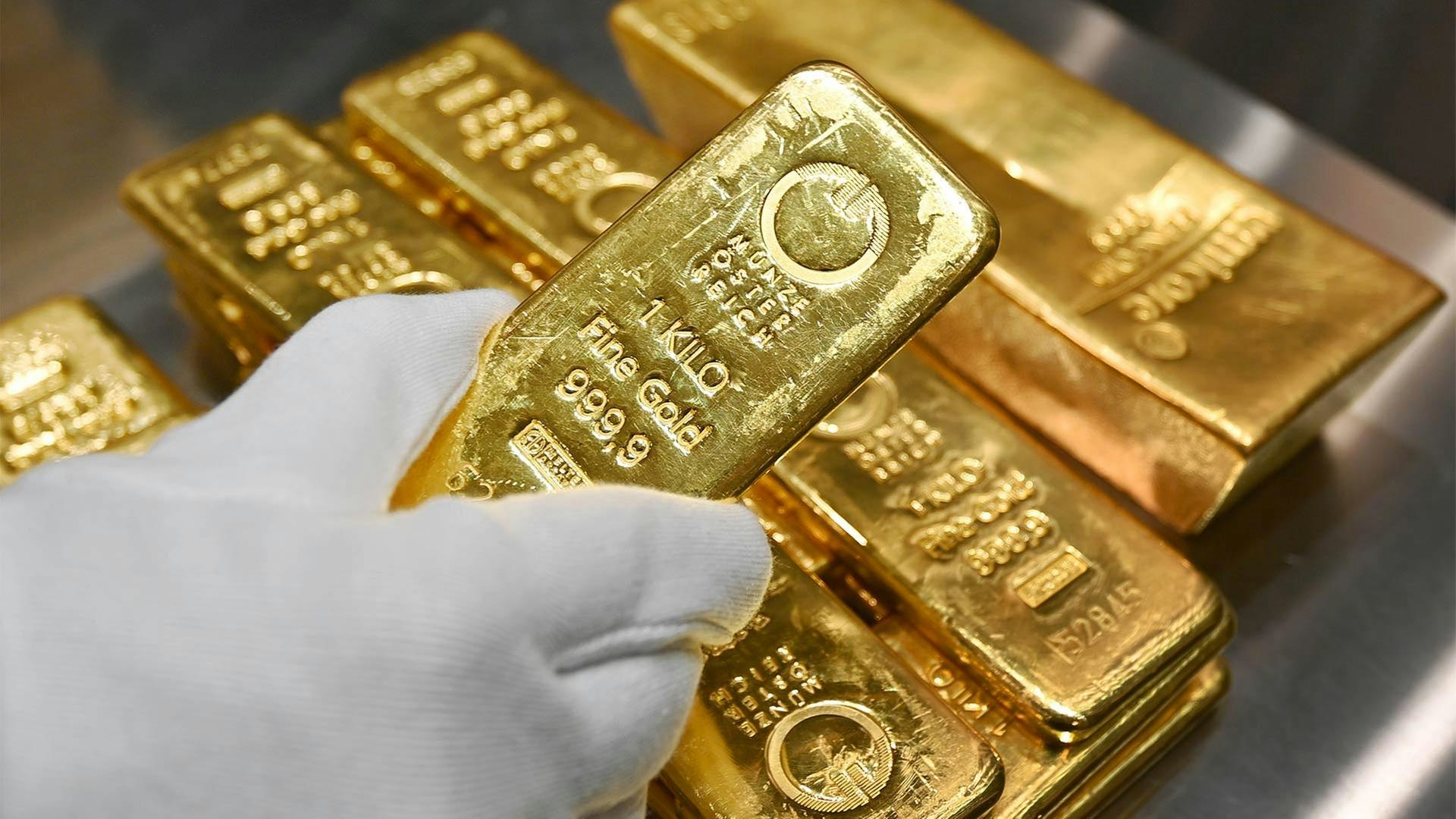
Investors Flee from the Dollar – and into Gold
For a long time, US government bonds were considered a safe haven. But this certainty is crumbling. High debt, political blockades, and increasing influence of the US government on the central bank are causing many investors to rethink. "Gold cannot be arbitrarily increased—and that is exactly what makes it attractive in uncertain times," explains John Reade from the World Gold Council.
Even a minimal reallocation – around one percent of privately held U.S. bonds – could drive the gold price to $5,000 according to Goldman Sachs. Large investors are already reacting: nearly 100 tons of gold have flowed into ETFs this month alone, two-thirds of it in the U.S.
Classical rules lose their validity
Traditional correlations - such as between interest rates and gold prices - seem to be dissolving. Despite high yields on US bonds, the gold price remains on a record course. Even with interest rates above four percent, demand for the precious metal continues to rise. "Gold is increasingly taking market share from bonds in portfolios," says fund manager Ronald Stoeferle.
The classic 60/40 investment strategy is also faltering. Morgan Stanley now recommends an allocation of 60 percent stocks, 20 percent bonds, and 20 percent gold. Other experts even advise a quarter of the portfolio to be in gold.
Political Pressure Fuels the Rally
US President Donald Trump exerts massive pressure on the Federal Reserve to enforce lower interest rates. This evokes memories of the 1970s when political influence on monetary policy led to double-digit inflation rates and a gold rally. At that time, the gold price reached a high of 850 dollars in 1980 – inflation-adjusted, this mark has only now been surpassed.
The current situation is similar to that time: increasing government spending, political attempts to exert influence, and a weakening dollar. Investors fear that the independence of the Fed is further eroding – and are fleeing to gold once again.
Dollar loses status as safe haven
More and more experts believe that the dollar is entering a long-term bear market. Tariffs and protectionist measures could further weaken its purchasing power. At the same time, stagflationary tendencies are looming – an environment in which gold traditionally shines.
Banks like Deutsche Bank and UBS have therefore adjusted their forecasts upwards: They expect prices between $3,900 and $4,000 per ounce by 2026. However, many analysts believe even higher values are possible. For investors, the current bull market in gold may have just begun.


